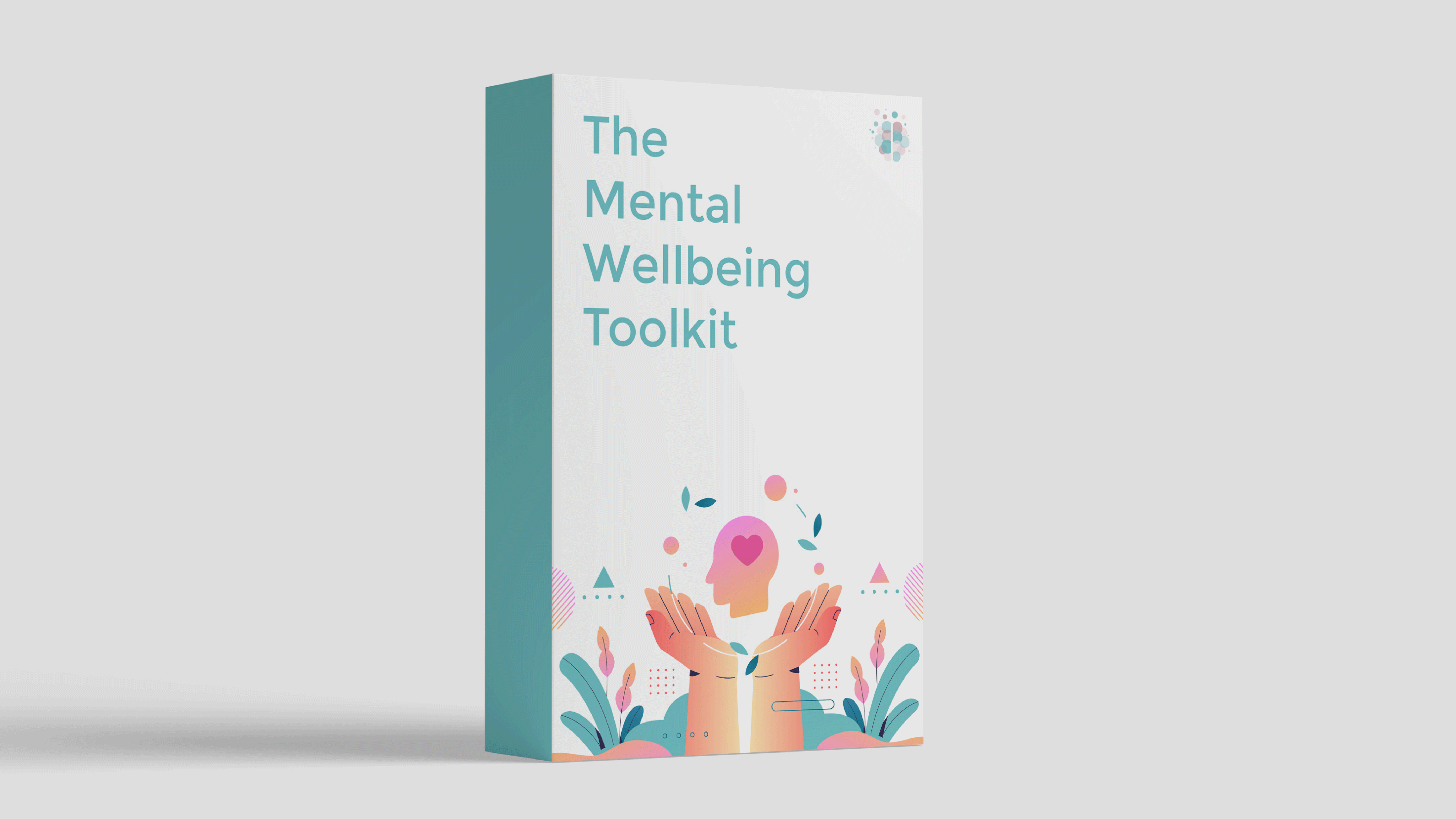Research from Frontiers in Virtual Reality recently highlighted how the role of technology has expanded to deliver mental health services - particularly during the COVID-19 pandemic - with 40% of clinical psychologists already using telepsychology in the US as early as 2018.
While this number has increased, many psychologists expressed concerns over handling crisis situations through online therapy, as well as struggles with cybersecurity and confidentiality. Most psychologists underwent additional training and education to help them deliver teletherapy effectively.
Clients had to quickly adapt to online therapy as well, and most of us haven’t received any guidance on how to get the most out of online therapy.
Keep reading to learn our four tips on how to maximize virtual therapy.
1. Be Intentional With Each Session
It’s easy to get comfortable (and maybe a little sluggish) when you’re attending virtual therapy from the comfort of your home. However, this means you might not always be able to give your full focus to your session.It’s important to cultivate a mindset of intentionality, where you make therapy something like an event. Find a quiet, private space where you can concentrate and limit distractions before you go in.
Another tip is to do a quick workout before your session. Pilot studies from Iowa State University on exercise found that exercising for half an hour can amplify the benefits of therapy.
Those who work out before their session report quicker, stronger connections with therapists because exercise primes the brain to engage with more emotionally challenging work.
2. Understand What Your Therapist Offers
Not all therapists can prescribe medication, for instance, as that requires a separate license. It helps to realign your expectations so you can better accept your therapist’s help.You could be seeing a psychologist, who typically provides long-term therapy for clients with diagnosed with mental health issues. Therapists, on the other hand, help clients overcome mental health difficulties such as high functioning anxiety, teaching clients how to better manage their emotions. In addition, there are counselors who focus on specific issues for a client, such as grief, so you’d be seeing these professionals for a shorter period of time.
Regardless of who you’re working with, they're trained to help you relieve emotional distress.
Don't be afraid to provide them with feedback on what you’re seeking and what works best for you. This article provides more tips on how to choose a therapist.
3. Practice Verbalizing Your Thoughts and Feelings
If you've attended in-person therapy before, you may have gotten used to your therapist observing your bodily cues and facial expressions to read your emotional state.Unfortunately, that’s not easy to replicate with teletherapy as you’re separated by a screen. It’s best to name your emotions and reactions more explicitly.
Putting your feelings into words can reduce distress caused by an experience. The more specific, the better. Finding the words to express your sadness, frustration, or anger can enrich your online therapy sessions and help you progress emotionally.
Instead of saying you’re feeling down, for example, you can word it more concretely with terms like miserable, helpless, or lonely, which also flexes your self-awareness muscles.
4. Engage In Self-Reflection After Therapy
As noted in this article on how to get the most out of therapy, every person has the ability to develop themselves outside of their therapy sessions.
Whether you have homework or not, you can develop more awareness of your internal world, work against unhelpful thoughts, and actively change problematic behaviour patterns. So, how do you work on this offline?
You can try keeping a daily mental health journal or building a mental wellbeing toolkit. Throughout the week, track your thoughts, emotions, behaviours and triggers, so you and your therapist can explore these later on.
Summary
Attending online therapy sessions can work as well as in-person appointments.
Familiarizing yourself with your therapist, verbalizing your thoughts, and continuing with self-reflection questions even after the session – all with a healthy dose of intentionality – will help virtual therapy be more effective for you.
Self-Guided Support for Anxiety and Low Mood
Research shows that self-help materials are often enough for people to overcome mild to moderate mental health difficulties without professional support.
If you’re interested in a self-guided program that includes tools from CBT, DBT, ACT and more, be sure to check out The Mental Wellbeing Toolkit. It's "like 10 therapy sessions in one."

About Rebecca
Rebecca is the founder of The Wellness Society and has a background in mental health charity management.She's the author of two books which were previously on Amazon: The Framework and Understanding and Healing Trauma.
She's passionate about creating innovative, concise and compassionate mental wellbeing tools that address the root causes of distress.
